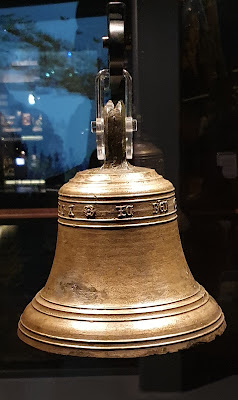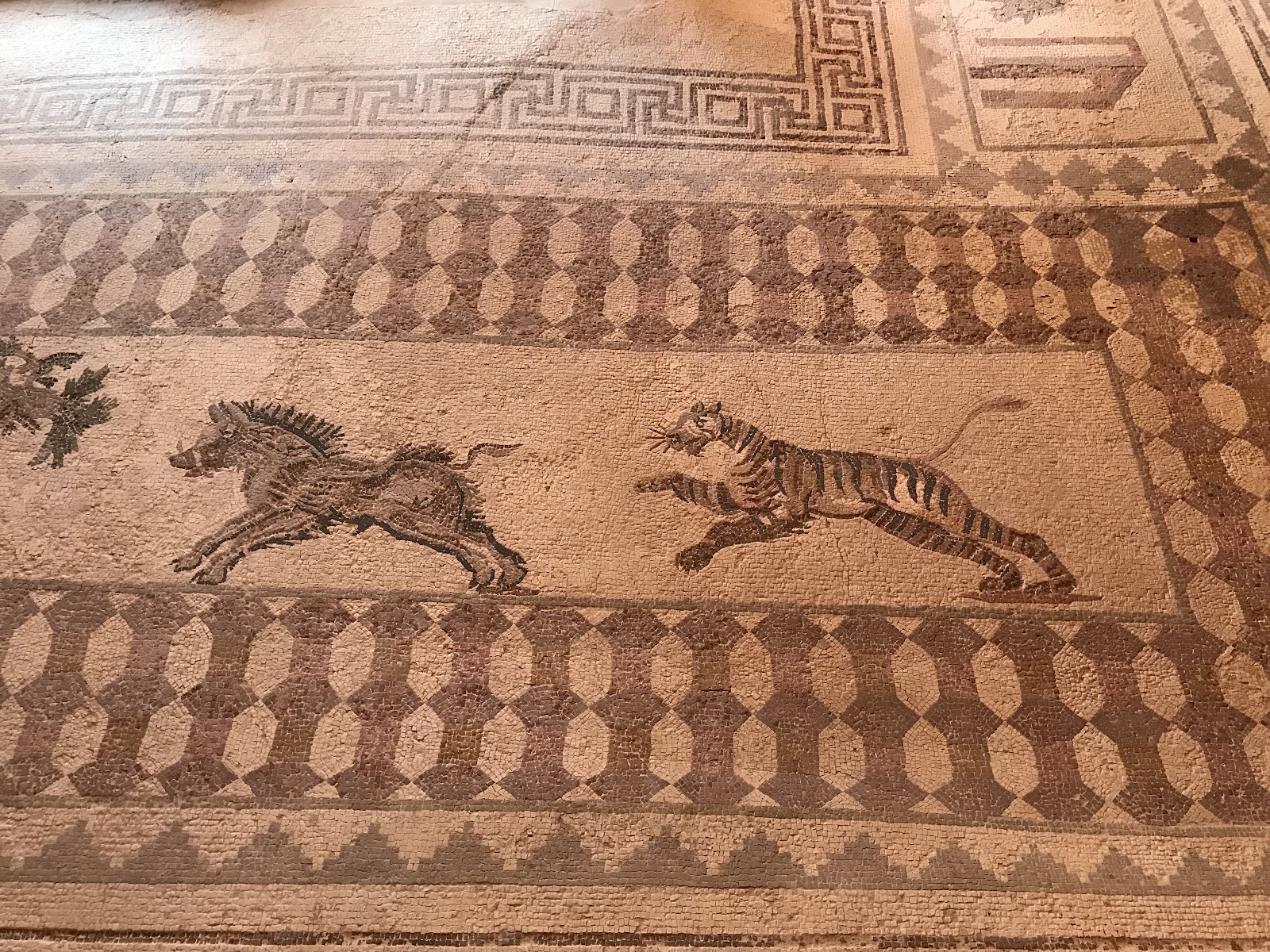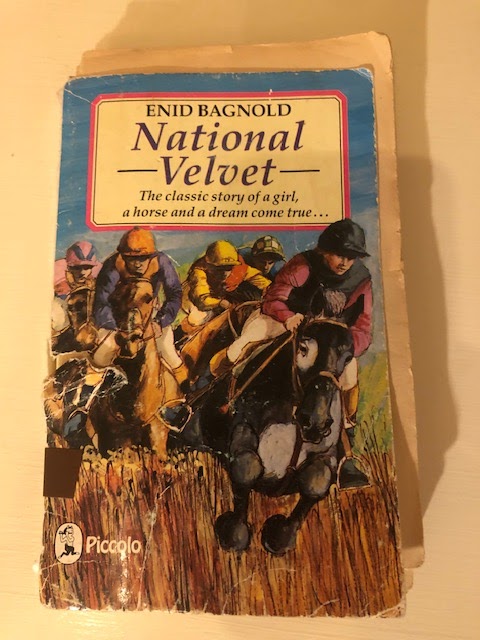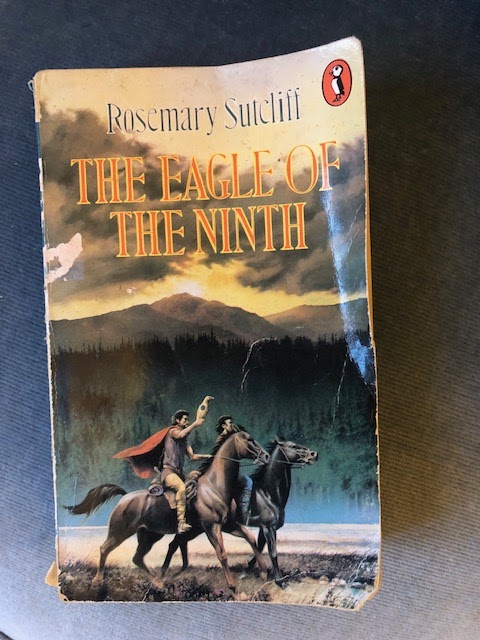In my Tudor-set adventure, The Queen’s Fool, my heroes, young orphan girl, Cat Sparrow and her new-found friend, French boy, Jacques Bonhomme find themselves voyaging across the English Channel to Calais as part of King Henry VIII’s entourage bound for the grand Anglo-French peace celebrations at the Field of Cloth of Gold in June 1520.
The sea
journey presented a brilliant opportunity to include an exciting chase scene with
the villain which results in poor Jacques falling overboard and which leads on
to a dramatic ‘reveal’ that hopefully young readers won’t see coming.
To write
these shipboard scenes meant that I needed to understand the layout and
construction of Tudor ships, how you might have boarded them – by small boats and
a set of ropes, ladders and nets as it turns out – and what life both above and
below deck was like for passengers and crew.
A key primary resource proved to be an ‘old friend’ – the wreck of King Henry’s favourite warship and flagship, The Mary Rose, which had been part of the king’s escort of ships that day on the journey across to France. I’m fortunate enough to live within an hour’s drive of Portsmouth Harbour where, over four centuries after her dramatic sinking at the end of Henry’s reign, the remains of The Mary Rose were discovered and, in 1982, brought to the surface in an event broadcast across the world.
A miraculous resurrection
In fact it was as a teenager that I paid my first ever visit to see what was left of The Mary Rose, not long after she first went on public display in the mid 1980s in a covered dry dock
at the Portsmouth Historic Dockyard – though at the time the surviving timbers of the wreck were heavily veiled in plastic and being sprayed with water to keep them from drying out. I returned several times over the years as they were further treated with preserving chemicals and then, finally, air-dried.But the wreck
of The Mary Rose harbours other,
equally fascinating stories. These include the part the ship played in the
history of the early English navy, how she came to sink on that fateful day
back in 1545 and the lives – and deaths – of the men who formed her crew.
Pride of a king
For 34 years
after her construction and launch in Portsmouth in 1511, The Mary Rose was the pride of King Henry VIII’s navy. A 600 ton carrack and one of the earliest known examples
of a purpose-built sailing warship, she was reputedly built to the young king’s
own design. She saw a number of actions over the years in battles and
skirmishes against the French navy and in the defence against King James IV of
Scotland’s attempted invasion of England. And records also show that she
underwent a substantial refit during the 1530s with the addition of a number of
extra, heavy guns.
Her final
action took place on 19th July 1545, when she was part of an English
fleet of 80 vessels involved in a face-off against over 200 ships of the French
navy gathered in the Solent – the stretch of water between Portsmouth Harbour and
the Isle of Wight. The French were on a mission of revenge for Henry VIII’s capture
of the French town of Boulogne the previous year, and Henry himself came down
to watch the action from nearby Southsea Castle.
But what actually caused The Mary Rose to sink? A surviving eye-witness reported that, seeking to engage the enemy, she fired first from her starboard side, then turned about to fire from her port side. But as she made the turn, her sails were caught by a gust of wind and she was blown over. This resulted in her still-open starboard gun-ports taking on water as they dipped below the waterline.
Alternative theories emerged over time including that there had been too many guns and
soldiers on board, or that the earlier refit of the vessel had resulted in some
fundamental design flaws. There was even the suggestion that the officers or
crew might not have been up to the job. The French themselves maintained they
had holed the ship with a cannonball, though none of these claims has ever been
convincingly substantiated.
Whatever the
full story, it took no more than a handful of minutes for The Mary Rose to disappear beneath the waves with the loss of
almost the entire crew. Estimates vary but it is believed over 450 men drowned that day with around only 35 survivors.
A porthole into the past
For me the
most intriguing stories are to be found in the huge haul of archaeological
treasures painstakingly excavated from the mud of the seabed. These represent a
sort of Tudor time-capsule, illuminating both the operation of a ship of Henry
VIII’s navy and the day-to-day lives of the mariners, soldiers, gunners and
servants on board. Stand-out items include the ship’s bell; the cannon bearing
the King’s personal Tudor rose symbol; the chests of Yew longbows and thousands
of arrows for use by the archers in battle; the two great brick ovens and cauldrons
and the eating utensils used to serve the crew their food, not forgetting the detachable
mast-top which crowned the ship’s main mast.
Other highlights
are the more personal items belonging to individual crew members, all of them male, most young adults and some just boys. These range
from leather shoes, jerkins and hats to dice, gaming boards and musical
instruments including something called a shawm – an early type of oboe. Also writing
materials including ink pots, quill pens and even leather book covers, though
the pages have long since rotted away.
And then there are tools of the trade belonging to men of the ship’s company such as the carpenter – including his mallet, planes and rulers – and the surgeon, whose belongings – his canisters of ointments, metal syringes and a bowl to collect the patient’s blood during blood-letting – I found particularly intriguing because of a crucial scene I set in the surgeon’s cabin on board ship in The Queen’s Fool.
Finally,
there are the remains – human and animal – which tell their own tales. For
example the bones of men believed to have been archers, which show the stress
caused to arm and shoulder muscles and joints by the regular shooting of many
arrows. And the isotope analysis of teeth which has allowed historians to
demonstrate that the crew were not only of English origin but that some of them
came from places as far afield as the Mediterranean and North Africa.
And perhaps my
favourite find of all – the skeleton of a small dog discovered outside the
carpenter’s cabin. Nicknamed Hatch by the
museum team and identified from his bones as a sort of terrier, similar to a
modern day Jack Russell, he is believed to have been the ship’s ratter. And as relatively
few rat bones were found in the wreck, the museum staff reckon he must have
been pretty good at his job!
Scarcely any
personal information is known about the individuals who went down with King
Henry VIII’s great flagship that day nearly 500 years ago. But through the
treasure-trove of objects rescued from the deep, we are part way at least to
bringing them and their stories back to life.
More information about the fascinating and inspirational artefacts and stories connected with The Mary Rose is available from the museum website here.
View Ally’s
video on The Mary Rose on YouTube
Kids here.
Ally Sherrick
is the award-winning author of stories full of history, mystery and adventure.
BLACK POWDER, her debut
novel about a boy caught up in the Gunpowder Plot, won the Historical Association’s Young Quills Award.
Other titles include THE BURIED CROWN,
a wartime tale with a whiff of Anglo-Saxon myth and magic and THE QUEEN’S FOOL, a story of treachery
and treason set at the court of King Henry VIII. Ally’s latest book, published in
February 2023 with Chicken House Books, is VITA
AND THE GLADIATOR, the story of a young girl’s fight for justice in the
high-stakes world of London’s gladiatorial arena.
Ally’s books
are available from bookshop.org.uk and all good high street bookshops
For more
information visit Ally's website. You can also follow her on Twitter
@ally_sherrick































































